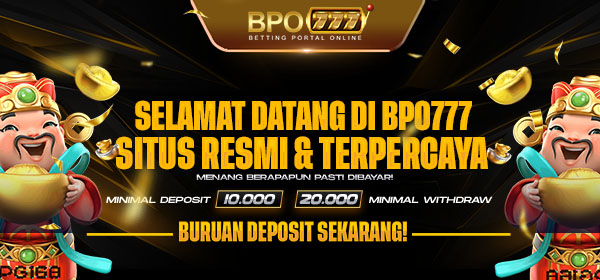The Joker card is one of the most intriguing and versatile cards in a standard deck, often associated with mystery, unpredictability, and surprise. Although it was initially introduced in the United States as a trump card for the game of Euchre in the 19th century, its role has evolved over time, finding a place in various card games, popular culture, and even in symbolic contexts. This article will explore the history of the Joker card, its functions in gaming, its paito angka, and its portrayal in art and media.
History of the Joker Card
The Joker card emerged in the United States around the 1860s. It was originally created for the game of Euchre, which was gaining popularity at the time. The card served as a wild card or trump card, providing players with the ability to replace other cards and create more powerful combinations.
As the Joker gained popularity, it gradually made its way into other card games, becoming a standard part of the 52-card deck. In the early 20th century, the Joker was included in various card games, including poker, where it could serve as a wild card, allowing players to substitute it for any other card in their hand.
Functions of the Joker Card in Gaming
- Wild Card:
In many card games, the Joker acts as a wild card, which means it can represent any card in the deck. This feature makes it a powerful card, allowing players to create winning hands that might otherwise be impossible. - Trump Card:
In games where the Joker is used as a trump card, it can override the rules and take precedence over other cards, adding an element of strategy and surprise to gameplay. - Special Role in Games:
In some games, the Joker has a unique function beyond just being a wild card. For example, in games like Rummy or Canasta, the Joker may have specific point values or serve special functions, influencing the game’s outcome in distinctive ways.
The Joker Card in Popular Culture
The Joker card has transcended its gaming origins and become a powerful cultural symbol. Its representation has been adapted across various media, including film, literature, and art. Here are some notable aspects of its cultural significance:
- Symbol of Chaos and Anarchy:
The Joker card often symbolizes chaos, unpredictability, and anarchy. In many narratives, it embodies the idea of the trickster archetype, challenging norms and expectations. - The Joker in Comics:
Perhaps the most famous depiction of the Joker is in comic books and films, particularly as the nemesis of Batman in the DC Comics universe. The Joker character is portrayed as a chaotic villain with a penchant for dark humor, often using the Joker card as part of his symbolism. - Artistic Interpretations:
The Joker card has been featured in various artistic works, often representing duality, transformation, and the unexpected twists of life. Artists have used the imagery of the Joker to explore themes of madness, freedom, and the boundaries of societal norms. - Tarot and Divination:
In some tarot decks, the Joker card is associated with the Fool, a card representing new beginnings, spontaneity, and the journey of life. This connection further emphasizes the card’s duality as a symbol of both chaos and potential.
The Joker Card in Games Today
Today, the Joker card remains a popular element in various card games, both traditional and modern. It can be found in classic games like Poker and Rummy, as well as in newer card games and party games. Its versatility continues to intrigue players, making it a staple in many households and gaming circles.
Conclusion
The Joker card is more than just a playing card; it is a symbol of unpredictability, creativity, and transformation. From its origins in 19th-century America to its cultural significance in modern society, the Joker card has captivated imaginations and challenged conventions. Whether used as a wild card in games or as a powerful symbol in art and storytelling, the Joker continues to represent the chaos and wonder of life, inviting players and audiences alike to embrace the unexpected.



